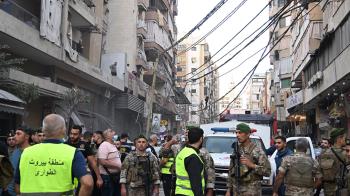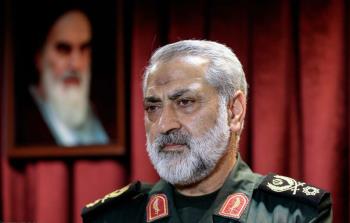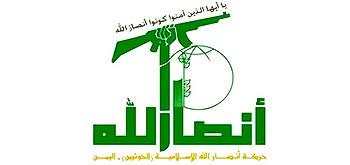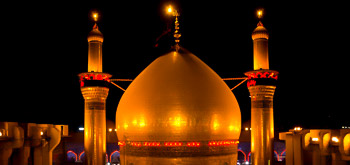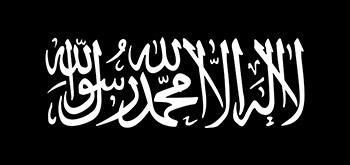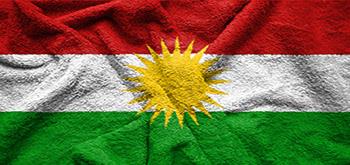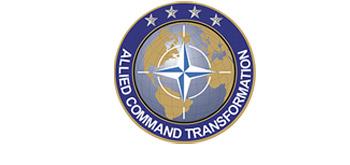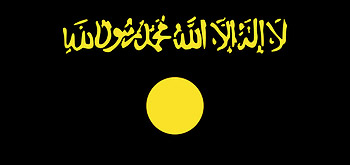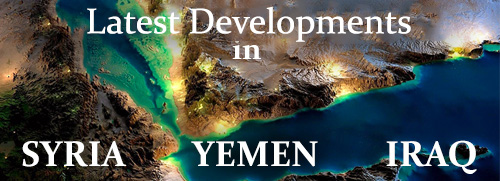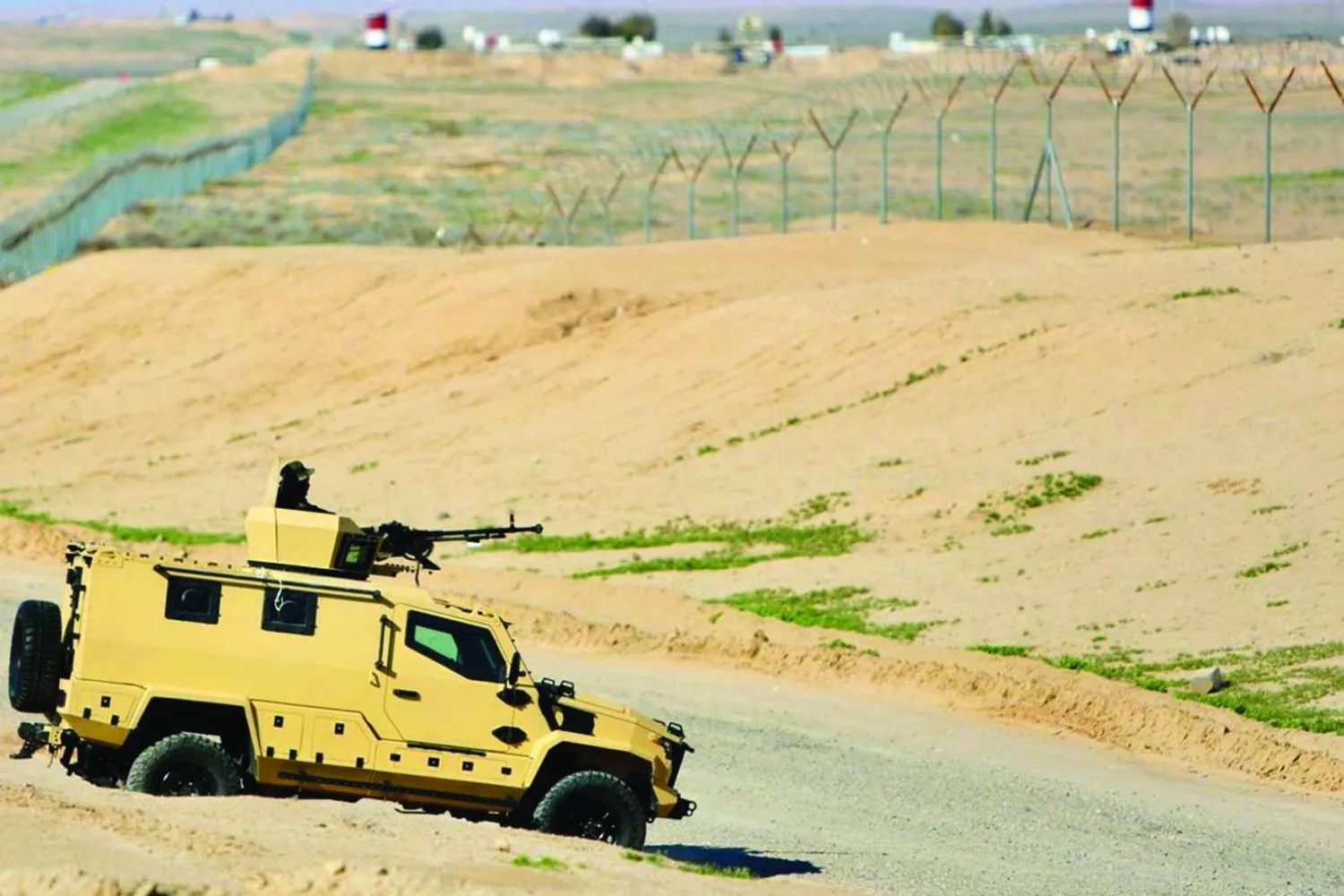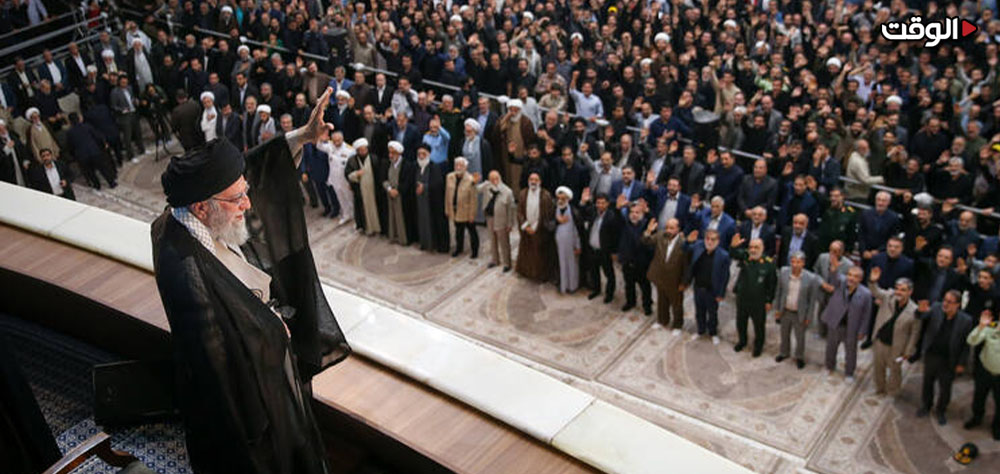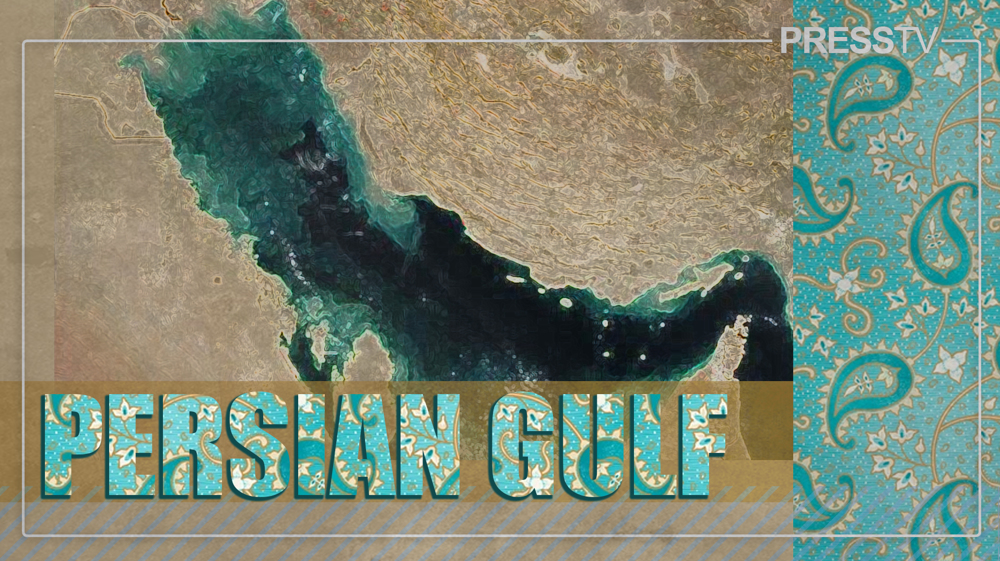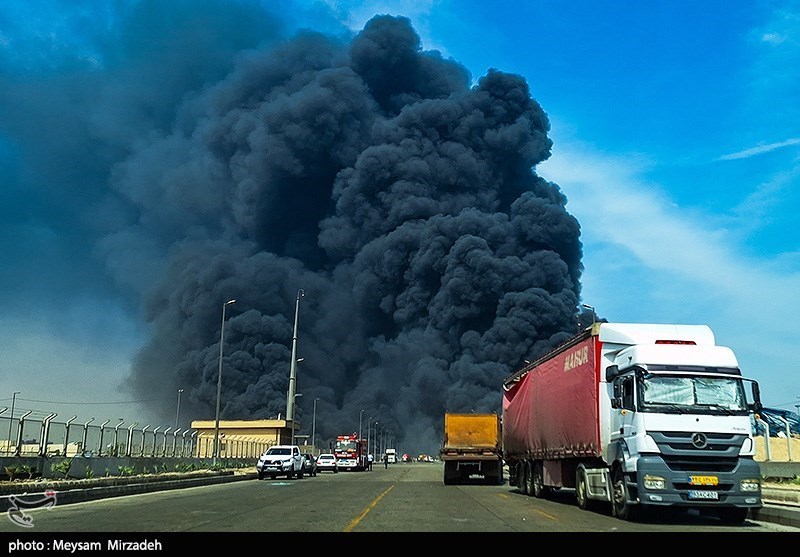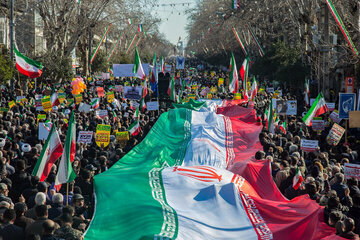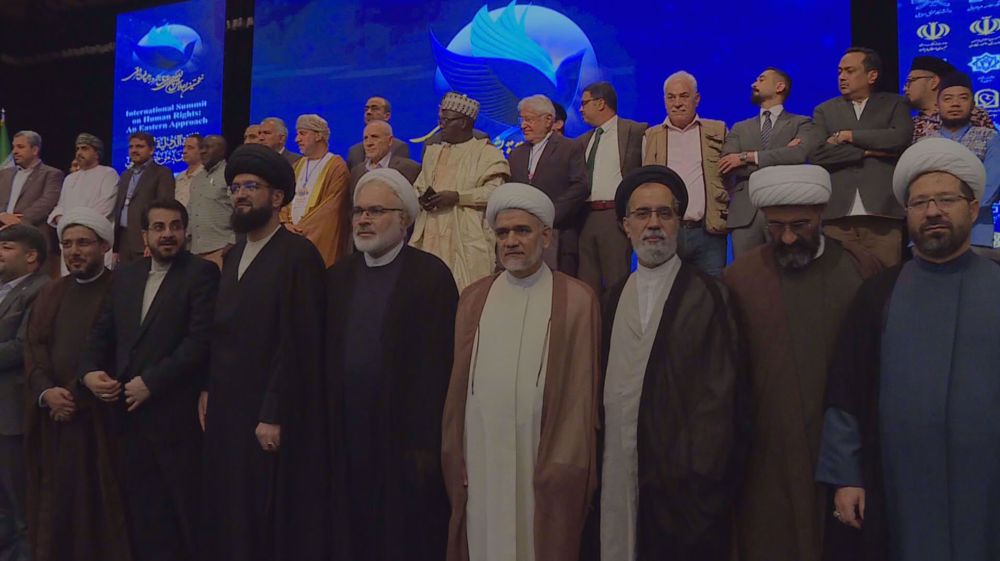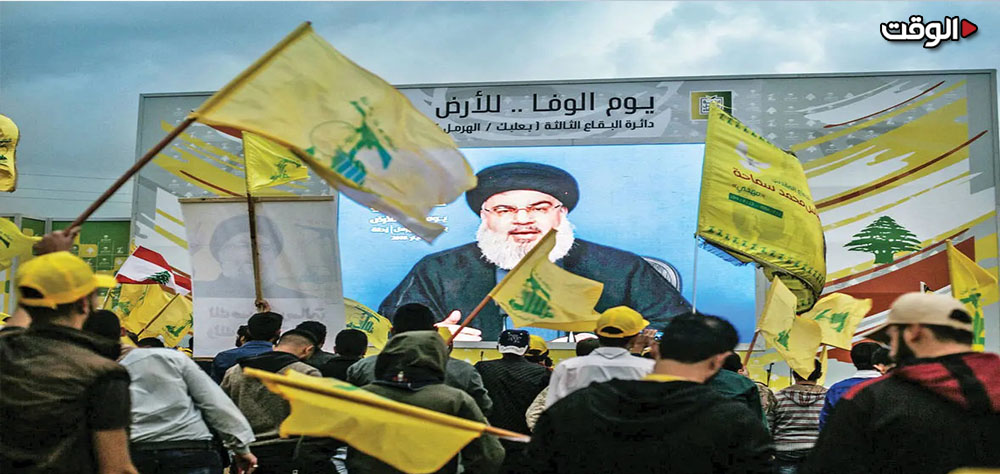Alwaght- In recent days, Iraqi security sources said the country has heightened its security measures in the border crossings with the three neighboring countries of Jordan, Syria, and even Saudi Arabia.
Being taken by the Popular Mobilization Forces (PMF) in the desert areas West of Anbar province, these protective measures are a serious reaction to the remaining threats of the ISIS terrorist group and the unexploded ordnance left behind by the terrorists.
But beyond a security routine, these actions should be analyzed in a historical and strategic framework, one where Iraq's collective memory reminds the Saudi role in formation of ISIS and the unique role of the PMF in beating this terrorist group.
Massive surveillance and control operations on the borders
In a statement, the PMF said: "In coordination with the border guard, our 13th Brigade has reinforced its frontline positions where the Euphrates River enters Iraqi territory in the Anbar operations sector. This deployment will tighten security and block any attempts to breach the border."
The statement further said that these operations include surveillance and security measures to ensure a control over the first defense line and watch of suspicious movements next to the river and in western desert as part of common borders to secure border crossings.
In a related development, during a visit to review military security preparations against ISIS infiltration, Iraqi Prime Minister Mohammed Shia al-Sudani confirmed that the terrorist group is no longer considered a major threat inside Iraq. This assessment comes despite the Defense Ministry estimating that between 400 and 500 ISIS members are present in remote areas along the Syrian border in northeastern Iraq.
The PM announced that Baghdad has begun security cooperation with the new authorities in Damascus in the fields of counter-terrorism and narcotics. He stressed that a small unit of US military advisors would remain at Iraq's Ain al-Asad base to monitor the Syrian border.
This confirmation of a US monitoring role over the Syrian-Iraqi border occurs amid reports from some Iraqi analysts and politicians of a behind-the-scenes American effort to revive ISIS, about which they have sounded the alarm.
In this context, member of parliament Mohammed Karim revealed that the US has begun to bolster its military presence in the region by inciting the return of ISIS activities. This is to justify the ongoing presence of its military forces and to violate the agreement with the Iraqi side for a full withdrawal of troops by the end of this year."
The turmoil in Syria following the rise of the militias in Damascus, headed by Abu Mohammad al-Jolani, is considered one of the most significant factors for the resurgence of ISIS in the area.
On this matter, Iraqi parliamentarian Youssef al-Turkmani warned in an interview with Al-Maalomah that ISIS is seeking to exploit the chaotic security situation in Syria to plan and activate its cells inside Iraq.
Roots of ISIS rise in Iraq's western deserts
Rise of ISIS in Iraq in initial years of the 2010s marked a turning point in the history of Iraq and the whole West Asia region. This terrorist organization was first formed in the deserts of border region of Iraq, Syria, and Jordan. This region provided a proper breeding ground for ISIS due to security vacuum, rugged natural terrain, and rempteness from the government centers.
Exploiting this specific geography, ISIS rapidly expanded, seizing control of vast territories in both Iraq and Syria. This expansion posed a direct threat not only to regional governments but also to international security.
Despite the fall of its final territorial stronghold in Baghuz, Syria, in 2019 and the subsequent death of its leader Abu Bakr al-Baghdadi in a US raid later that year, the organization was not eradicated. Al-Baghdadi had bequeathed a resilient organizational structure and an adaptable ideological framework, enabling ISIS to withstand the shock of its territorial collapse and ensure its continued survival.
In military terms, the group maintained decentralized structures capable of carrying out sporadic attacks, enduring military pressure through guerrilla tactics, and expanding into new fronts like Africa. Ideologically, al-Baghdadi's legacy cemented the concept of a "caliphate" as an enduring goal, providing a motivational belief for his followers that transcended battlefield defeats.
Saudi role in ISIS emergence and deployment
The historical memory of the Iraqis very well recalls how thousands of takfiri terrorists from Arab countries, especially Saudi Arabia, infiltrated the Iraqi soil through southern borders. This entry was aimed at a religious sedition, ouster of the central government, and partition of Iraq.
Many Iraqi analysts and citizens view the ideology of Salafi Wahhabism, promoted by Saudi Arabia, as the "operating system" for takfiri groups like ISIS and Al-Qaeda. For decades, Wahhabi schools, books, and preachers have laid the ideological groundwork for subsequent violence by declaring Muslims of other sects, particularly Shias, as well as non-Muslims, to be infidels.
Numerous international and regional reports have revealed the financial, propaganda, and logistical support provided to extremist groups by certain Saudi institutions.
Amid this, the Arar border crossing, a key connection point between Iraq and Saudi Arabia, has consistently been a focus for security agencies. This crossing is not only a route for pilgrims and commercial goods but has also historically served as a conduit for the infiltration of terrorist elements.
In the current period, given the expansion of takfiri and ISIS elements in Horn of Africa, the Saudi soil can potentially serve as an access route for terrorists to Iraq and Syria.
Following the collapse of its caliphate in Iraq and Syria, the terrorist group ISIS has reconstituted its presence in Africa across seven key regions: West Africa, centered around the Lake Chad Basin; the Sahel, spanning Mali, Niger, and Burkina Faso; areas of Central Africa, Mozambique, and Somalia; and parts of Algeria and Tunisia, where it focuses on recruitment and propaganda.
The West Africa Province has emerged as ISIS's largest and most potent branch in terms of military and organizational capacity. It continues to launch frequent attacks against local communities, capitalizing on the region's fragile security and instability. Some estimates indicate that this branch alone harbors between 8,000 and 12,000 ISIS fighters.
PMF's preventive measures in Arar border with Saudi Arabia
The recent security measures by the PMF forces in Arar border crossing with Saudi Arabia should be seen as part of the preventive policies of Iraq against potential threats. According to the reports, these forces established checkpoints, both fixed and mobile, and are watching suspicious movements and clearing the desert regions and remnants of unexploded ordnance in a bid to check influence of terrorists.
These measures come along with similar moves in Al-Qaem border crossing with Syria and Trebil with Jordan. The security cooperation in three western border fronts indicate a deep understanding of regional threats and the need to close loopholes for infiltration of terrorists.
The PMF, a national asset to protect home and border security
Today, the PMF are widely recognized as a national asset in safeguarding Iraq's internal and border security.
When ISIS surged toward Baghdad and the Iraqi army teetered on the brink of collapse, it was the PMF, which was formed in response to a historic fatwa issues by grand Shiite cleric Ayatollah Sayyed Ali Sistani, that stood on the front lines. These volunteer fighters, many lacking formal military training, fought with extraordinary sacrifice in cities like Tikrit, Ramadi, Fallujah, and Mosul, halting the advance of the terrorist group. This brutal, firsthand experience in combating terrorism has endowed the PMF with unparalleled expertise in identifying terrorist tactics, ideologies, and operational methods.
The PMF's deep roots within Iraqi society provide it with access to grassroots intelligence and local networks that are often beyond the reach of regular security forces. This unique "eyes and ears" within the community is a critical asset in identifying and neutralizing terrorist sleepr cells.
Given the experience of ISIS rise from the desert regions, the PMF today has a vital role in protecting long desert borders of Iraq. Their presence in these regions prevents these regions from becoming safe havens for terrorists and sends a clear message to the neighbors: Iraqis will not allow the bitter experience of ISIS to repeat itself in their country.

